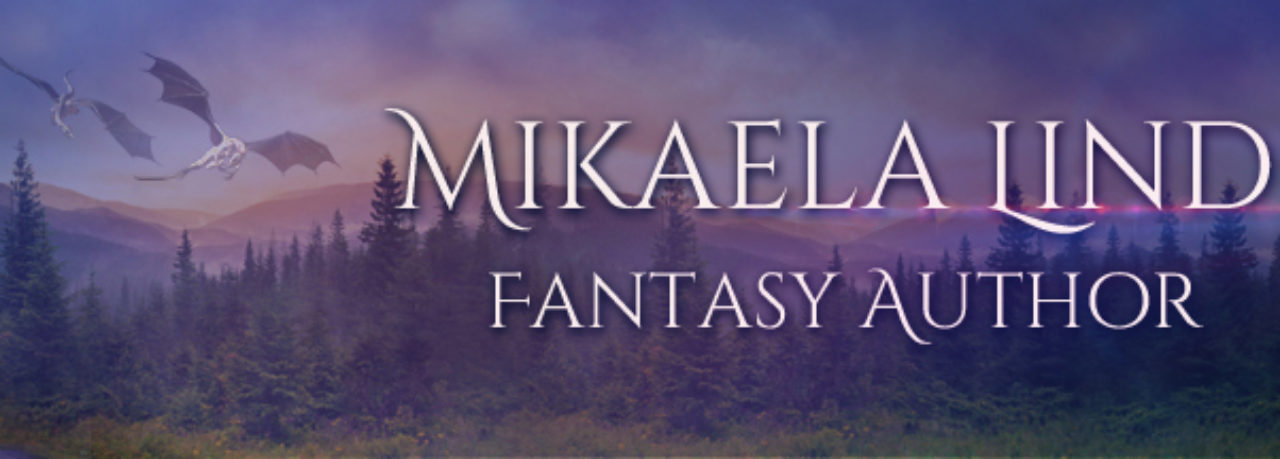”Selfpublishing is better.” ” Selfpublishing is the only path.” I’ve lost count on how many times I have read things like that, both in blogposts and in comments..
Don’t get me wrong, I can understand why selfpublishing is appealing, but for me it is more complex than that.
When I consider which stories I’ll selfpublish and which I’ll submit to a publisher, it depends on the genre and the length.
The Portal Universe stories is slated for selfpublishing, purely because they are an odd length, and the fact that most of the stories are Urban Fantasy set in an secondary universe. There isn’t many fantasy publishers interested in novellas shorter than 30 0000 words. For the same reason, The Wild Hunt and its sequels is also slated for selfpublishing. Epic fantasy novellas isn’t something publishers are interested in.
On the other hand, the Queen of Sind isn’t slated for selfpublishing. It is slightly longer than the Wild Hunt, but it has a romance subplot. That romance subplot makes all the difference. What I have found from looking at submission guidelines is that more publishers are interested in fantasy romance novellas than fantasy novellas. Because of this, I’m making a list of publishers I’m planning to submit to.
Another aspect is the fact that to be successful in selfpublishing you have to spend money. I know that some authors manage to selfpublish their novels by spending very little money. I’m not one of them. For Daughter of the Dark I will end up spending 300-400 dollar on editing and cover art.
Is it a lot of money? Not really. Not when you consider it includes content editing, copyediting, proofreading, cover design. ( Yes, I’ve managed to find a cover artist that I like for less than 120 dollar.)
But if I had written novels? I wouldn’t have had the money to put out a quality product. In fact, I wouldn’t have considered self publishing. Mainly because I think publishers have a role, and that they know what they are doing. Mostly. Since I write Fantasy novellas, that is a purely hypothetic question, though.
